Starting with the backpack, there’s a good amount of adjustment in the shoulder straps. The height of the straps can be tightened to raise or released to lower, then tightened in the usual way. The chest strap features a standard buckle, and a larger more robust clip features on the waist strap; again, there’s some fine-tuning of the waist strap that can be done between the strap and the body of the bag.
Taking a few moments before filling the kit to get the pack roughly positioned and adjusted saves time in the long run, and although the pack will need some re-adjustment once the kit is in, the initial fit should act as a good starting point.
Setting the bag down on its front, kit can then be accessed through the back of the pack. I like this approach in Autumn and Winter conditions as although the front of the pack can get dirty and damp; it keeps that back of the pack dry.
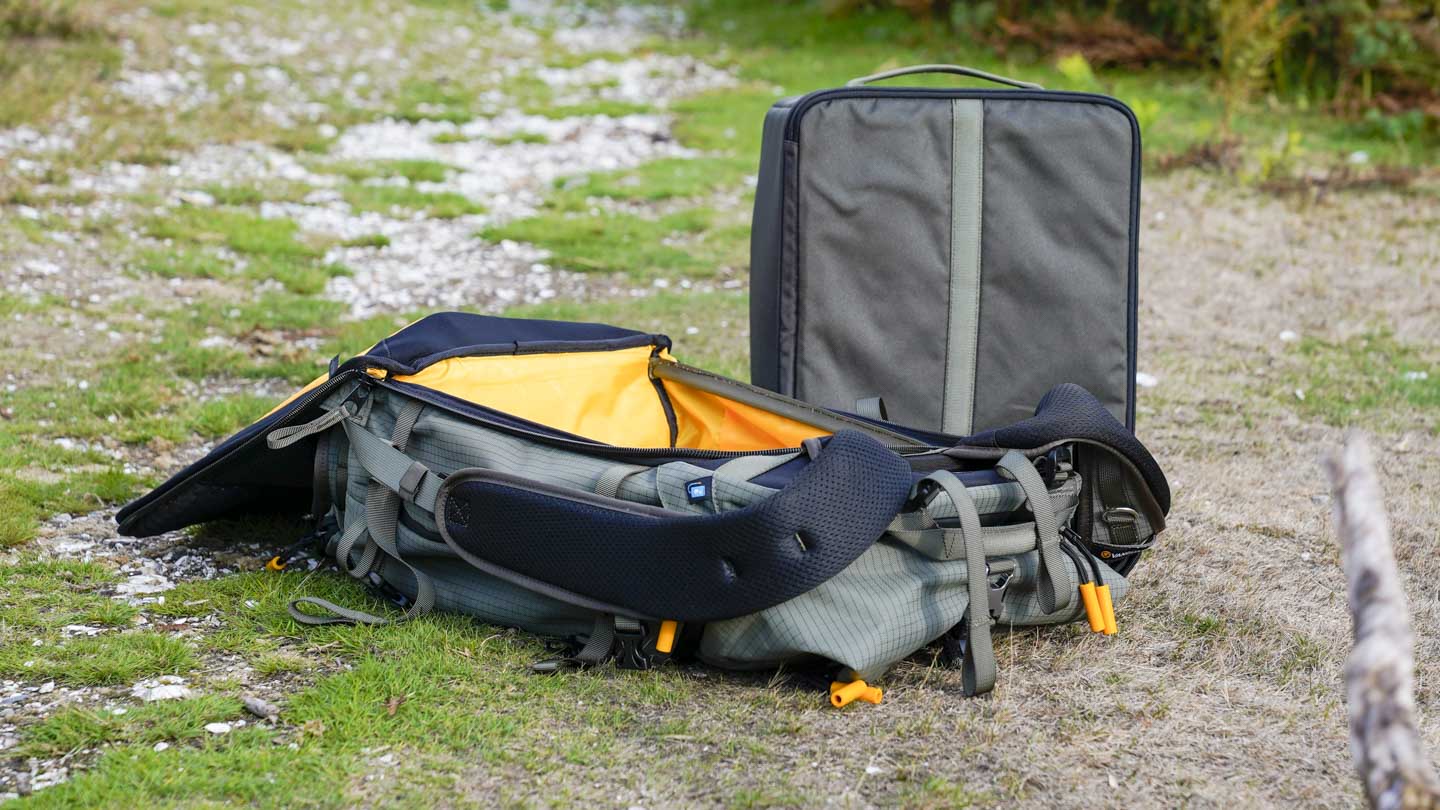
Folding down the back and it reveals the inner camera section. This inner camera section is modular, so has been designed to be removed if needed with a zipped lid keeping the contents secured inside.
This lid is handy if you want a second level of cover for your camera and lenses in addition to the main back of the bag. If not, this lid can be folded back on itself and tucked neatly out of the way. Another point about the opening is that as it’s opened, it lays flat without buckling or deforming the bottom of the bag; this shows real attention to detail and the additional rigid frame support also helps the bag structure.
Inside the camera section, there’s a huge amount of room, and I easily fitted in three camera bodies with fixed focal length lenses, an additional lens, a field monitor and flash. It seems a surprising amount for a bag that doesn’t seem or feel as large as it is.
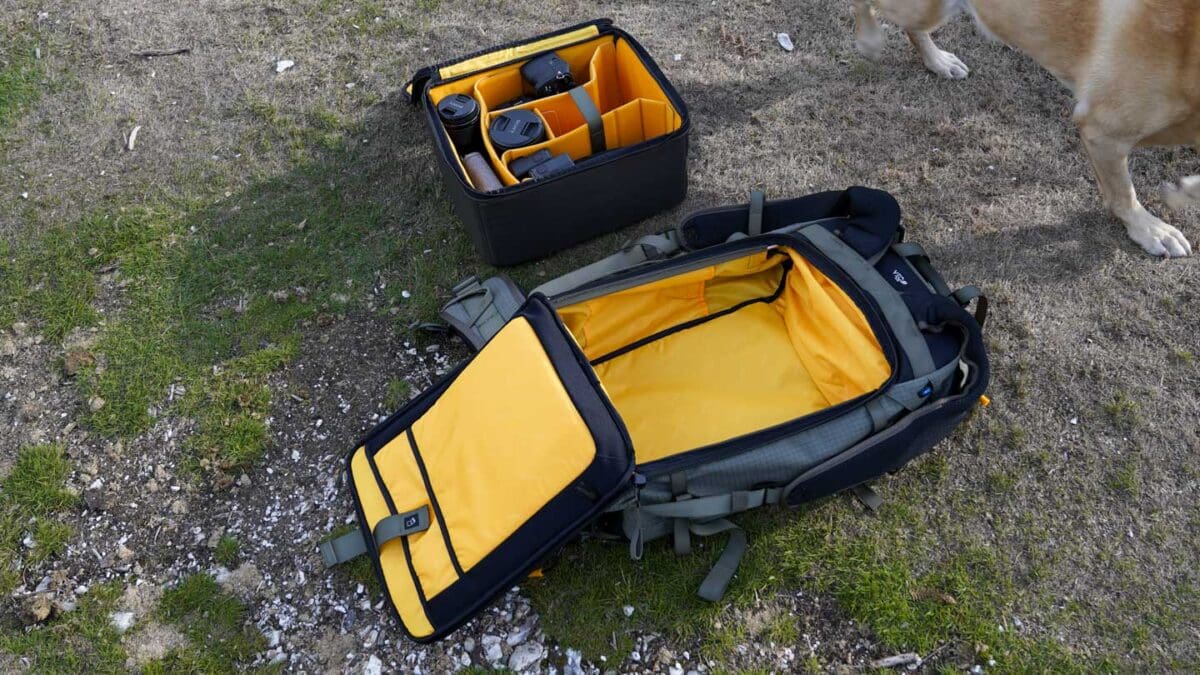
Zipping up the back and popping the backpack on, the straps perfectly balance the load with a small adjustment to compensate for the weight.
Along with the camera kit in the main section, I popped a light rain jacket and a few snacks into the roll-top section before heading out.
Through the weeks I’ve used the pack, I have to say I’m impressed with the comfort; the shoulder straps are a decent width and carry the load well. Setting the pack down and unzipping provides easy access to extract cameras and lenses through the back. I also like the ability to zip up the camera section and fully remove it from the bag to create an empty day sack if needed.
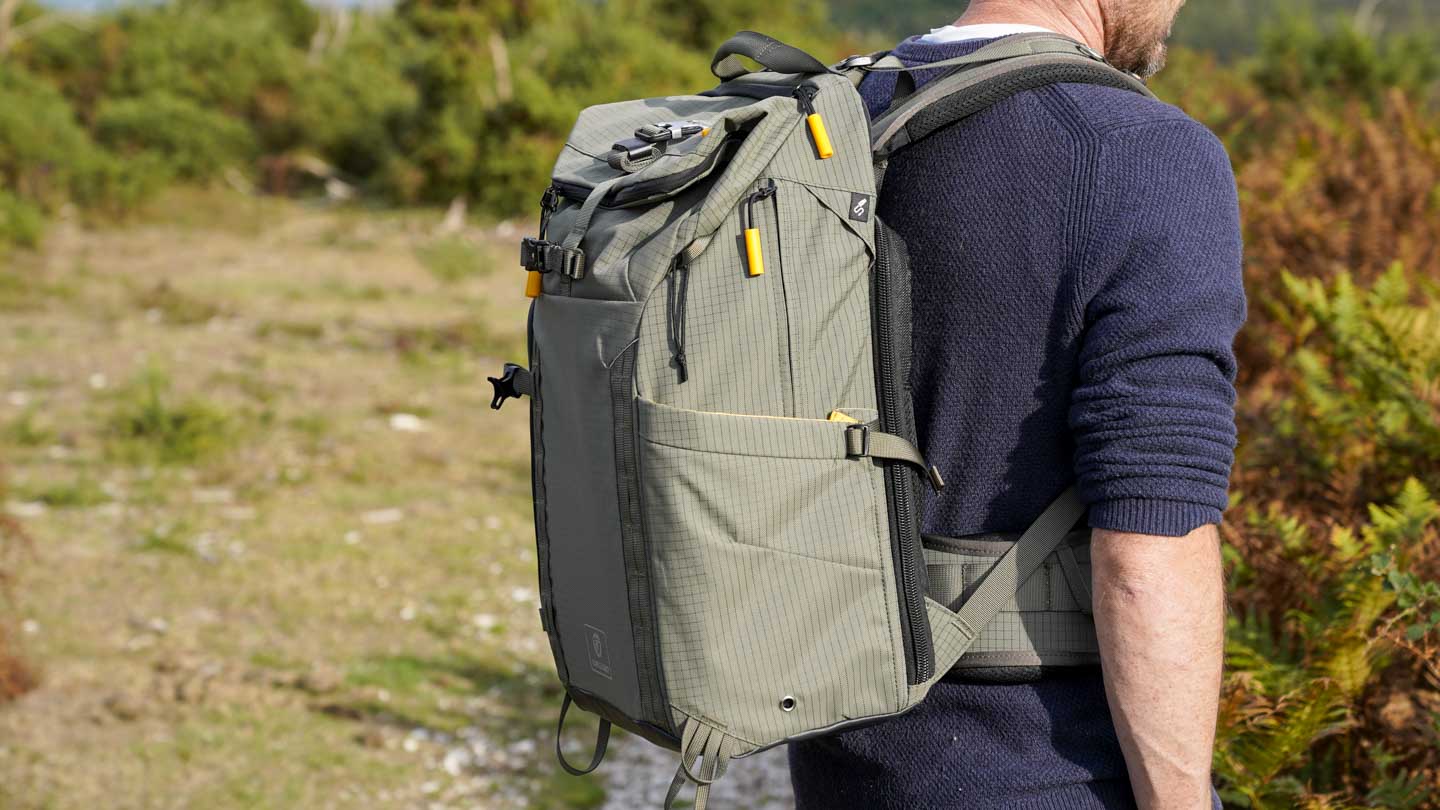 There are a couple of points that I’m not so keen on. The first is the laptop and tablet slots. While these are padded and have a velcro strap to prevent the devices from slipping out, their presence feels secondary, as if they have only been added because it’s expected. The padding is good, but there’s no structure to the slots, and this always makes me a little nervous if a larger iPad Pro or MacBook Pro is contained within. However, you have to think that this pack is designed as a trekking backpack and not one to take to the office, so in reality, aside from the odd occasion, would I ever use this slot with a weighted bag when out photographing wildlife? Probably not.
There are a couple of points that I’m not so keen on. The first is the laptop and tablet slots. While these are padded and have a velcro strap to prevent the devices from slipping out, their presence feels secondary, as if they have only been added because it’s expected. The padding is good, but there’s no structure to the slots, and this always makes me a little nervous if a larger iPad Pro or MacBook Pro is contained within. However, you have to think that this pack is designed as a trekking backpack and not one to take to the office, so in reality, aside from the odd occasion, would I ever use this slot with a weighted bag when out photographing wildlife? Probably not.
The other issue for me is that although there are plenty of pockets, the memory card and battery pockets that are usually built into one of the flaps don’t exist in this bag. Instead, there’s the removable pouch. While I like this approach, it doesn’t feel as finished as I would like. However, I have to say it works fine; it’s just different from what I’m used to.
That’s it. As a bag designed for trekking goes, this one hits the mark.

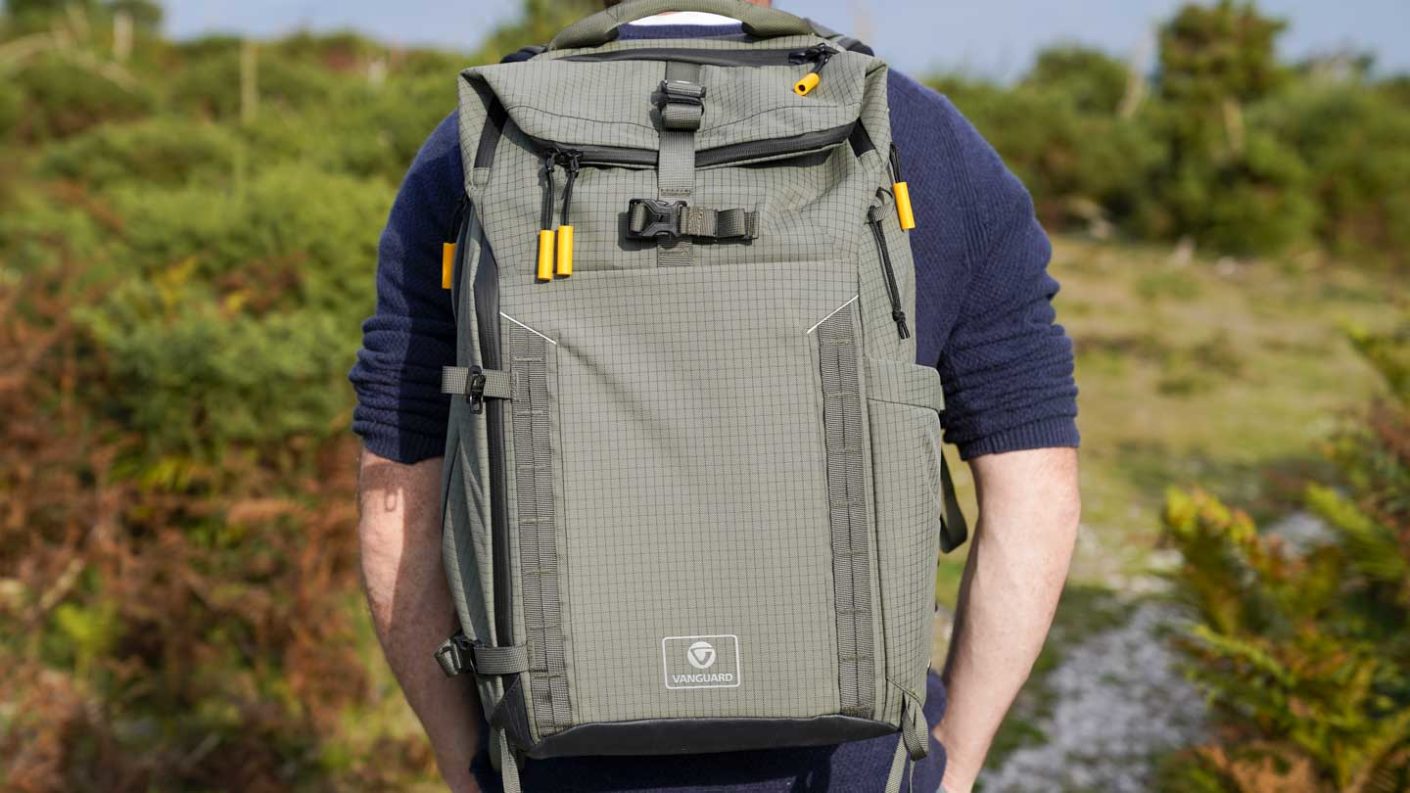



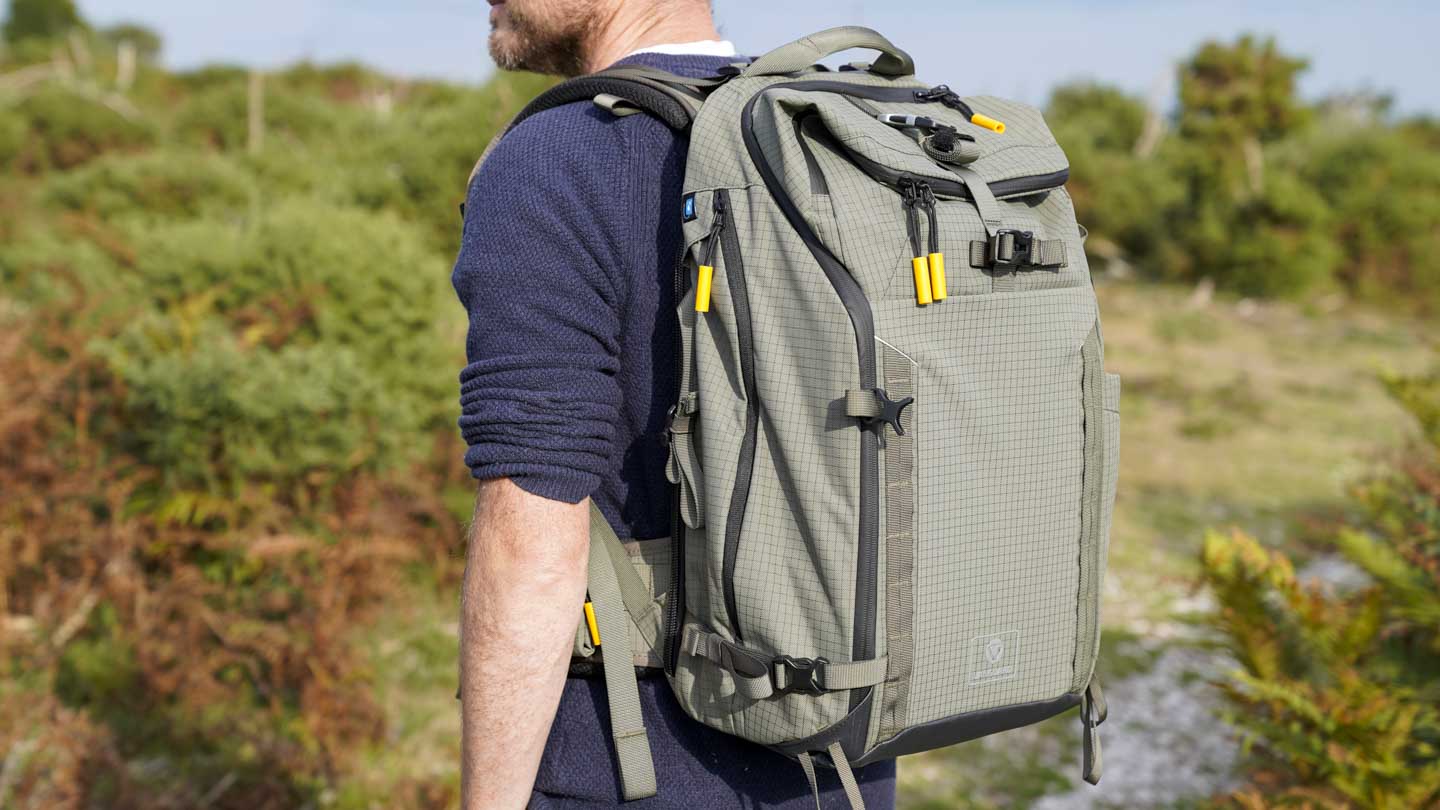
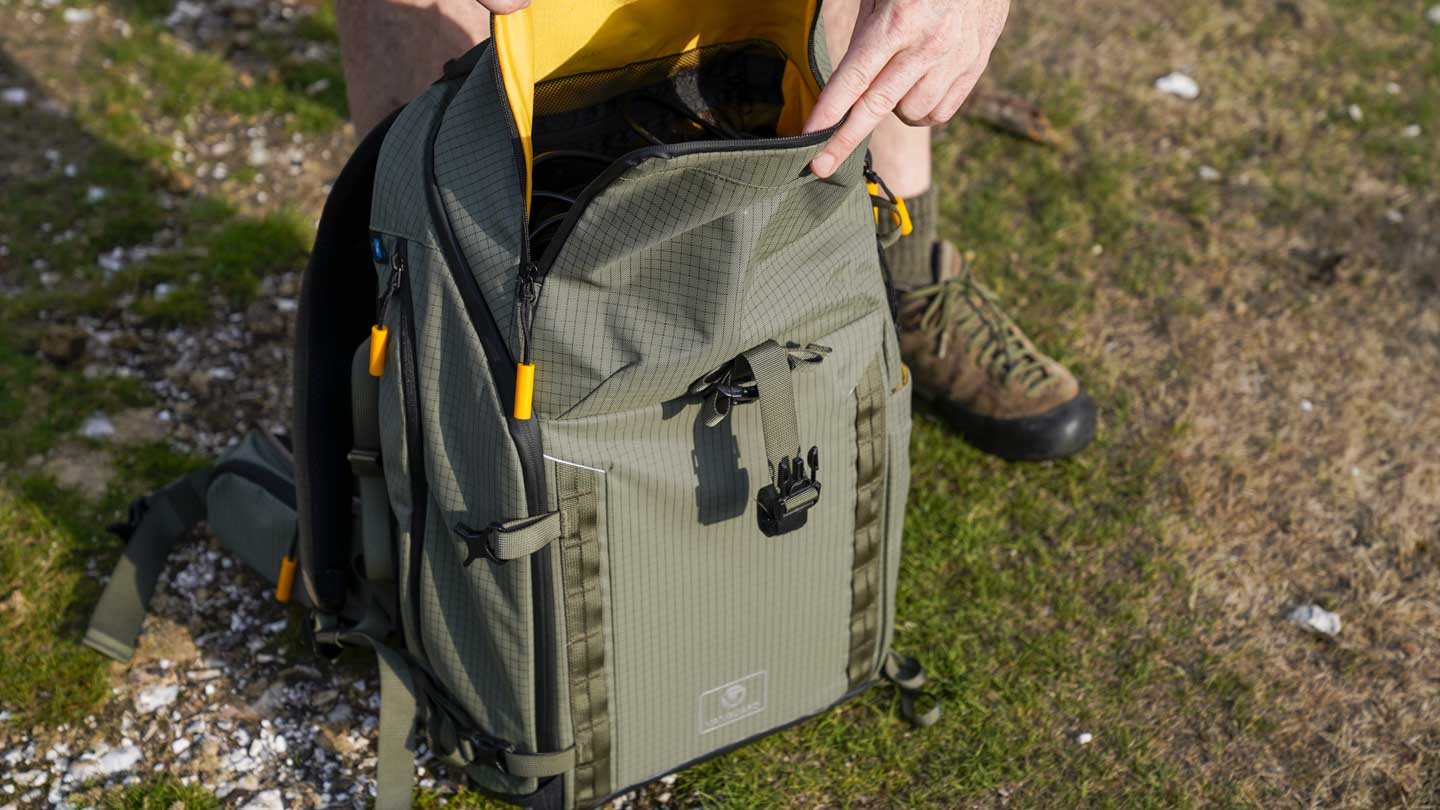
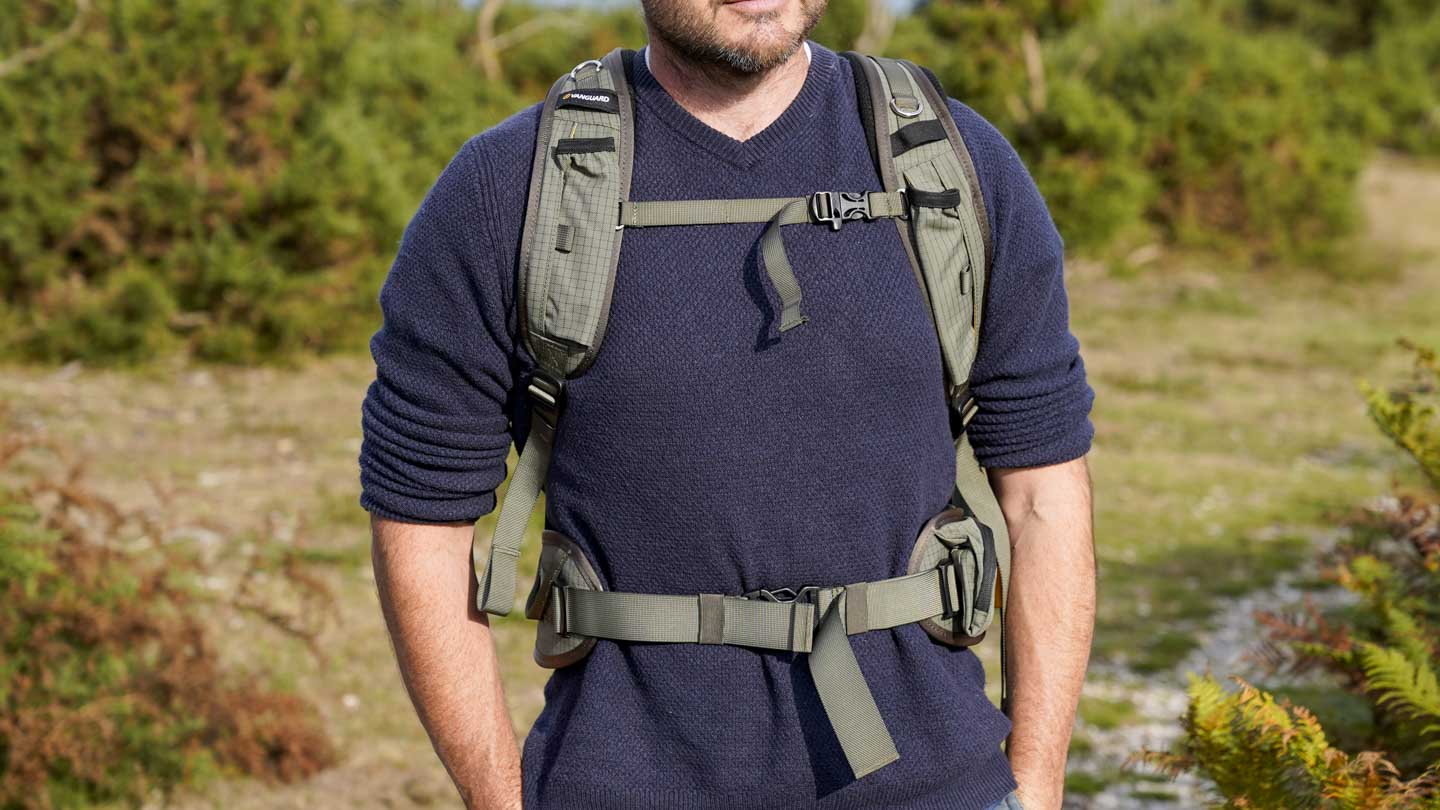


 There are a couple of points that I’m not so keen on. The first is the laptop and tablet slots. While these are padded and have a velcro strap to prevent the devices from slipping out, their presence feels secondary, as if they have only been added because it’s expected. The padding is good, but there’s no structure to the slots, and this always makes me a little nervous if a larger iPad Pro or MacBook Pro is contained within. However, you have to think that this pack is designed as a trekking backpack and not one to take to the office, so in reality, aside from the odd occasion, would I ever use this slot with a weighted bag when out photographing wildlife? Probably not.
There are a couple of points that I’m not so keen on. The first is the laptop and tablet slots. While these are padded and have a velcro strap to prevent the devices from slipping out, their presence feels secondary, as if they have only been added because it’s expected. The padding is good, but there’s no structure to the slots, and this always makes me a little nervous if a larger iPad Pro or MacBook Pro is contained within. However, you have to think that this pack is designed as a trekking backpack and not one to take to the office, so in reality, aside from the odd occasion, would I ever use this slot with a weighted bag when out photographing wildlife? Probably not. 4As a trekking backpack, the Vanguard VEO 49 Active Trekking Backpack stands out. While its focus is for that one use, there’s plenty of flexibility to use it in different ways if you need to, including carrying your laptop to the office.
4As a trekking backpack, the Vanguard VEO 49 Active Trekking Backpack stands out. While its focus is for that one use, there’s plenty of flexibility to use it in different ways if you need to, including carrying your laptop to the office.